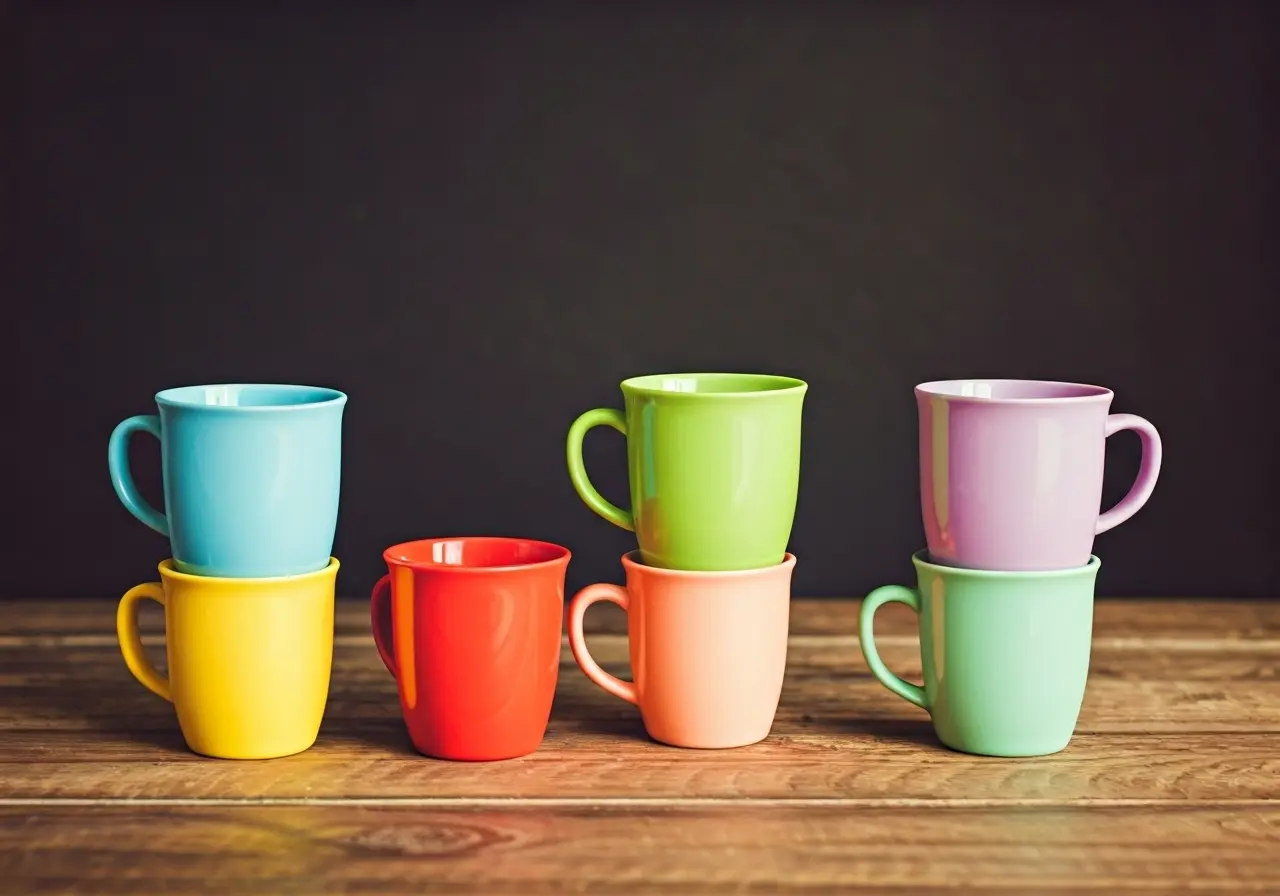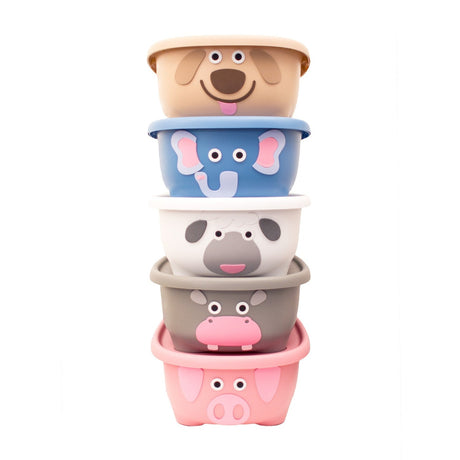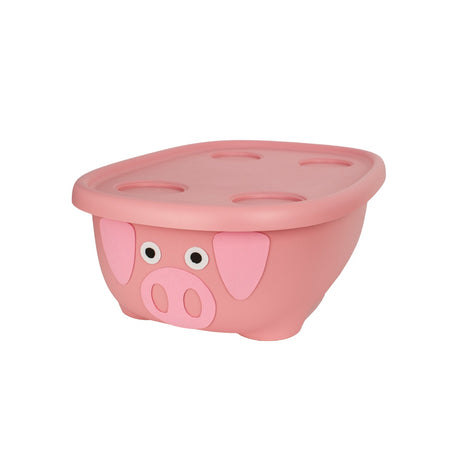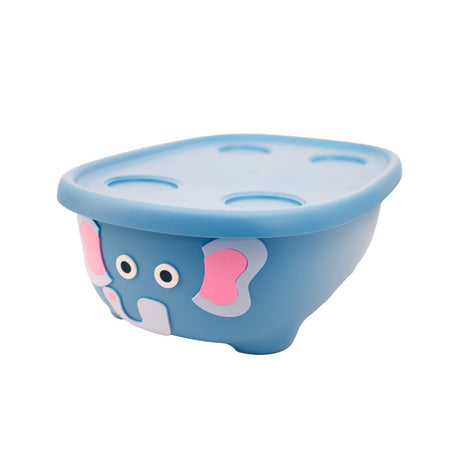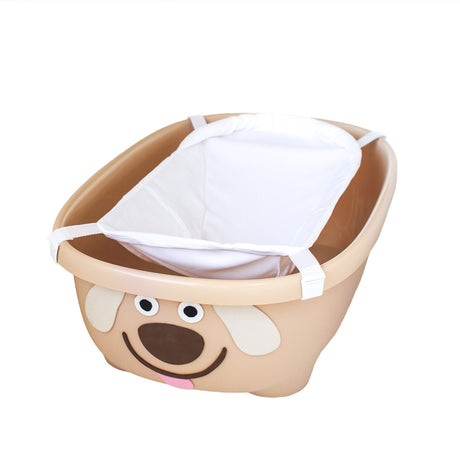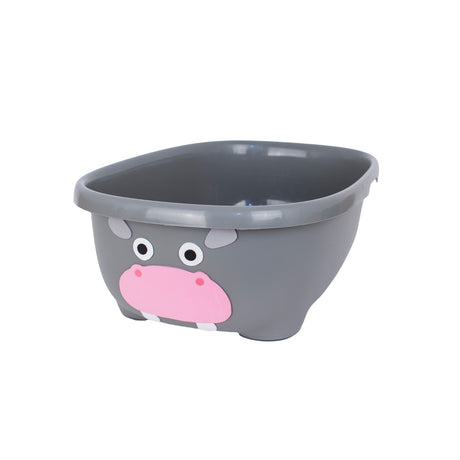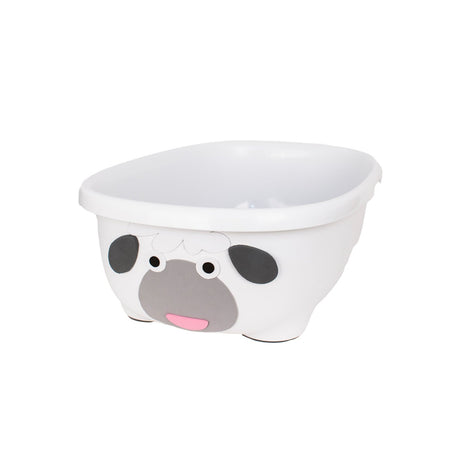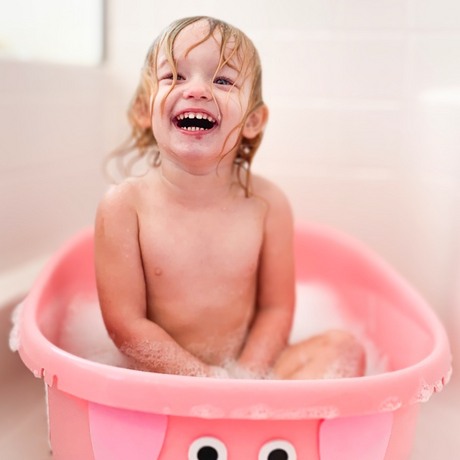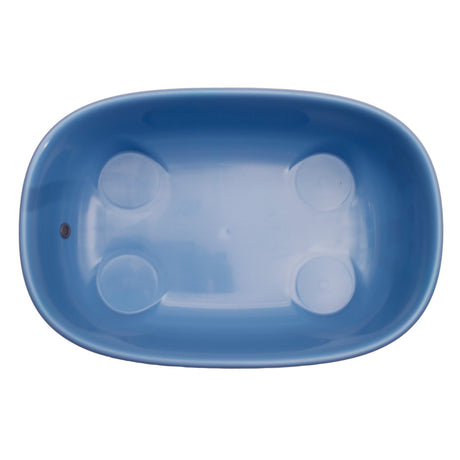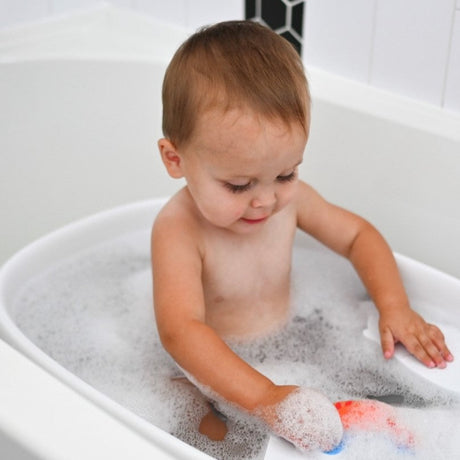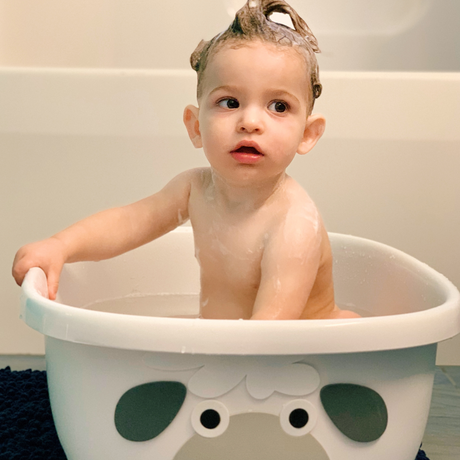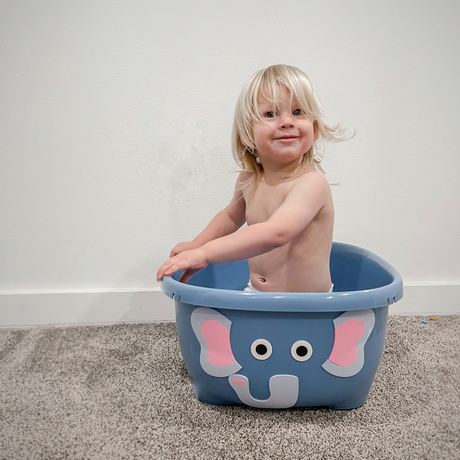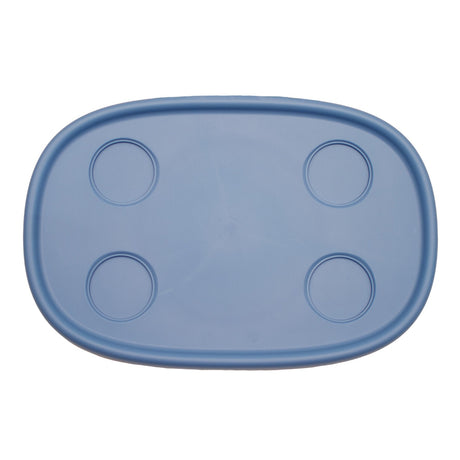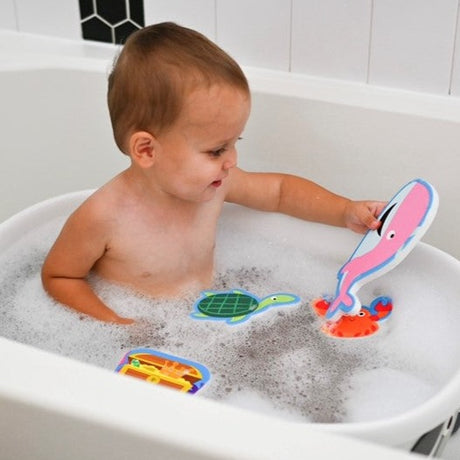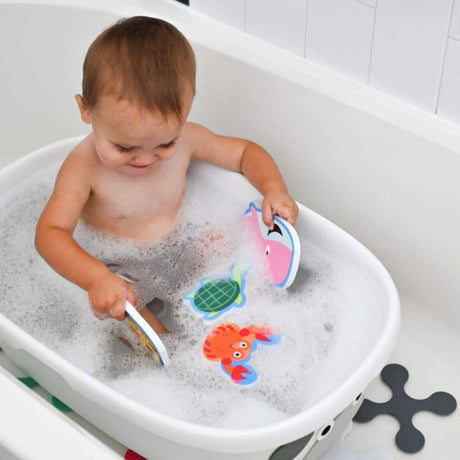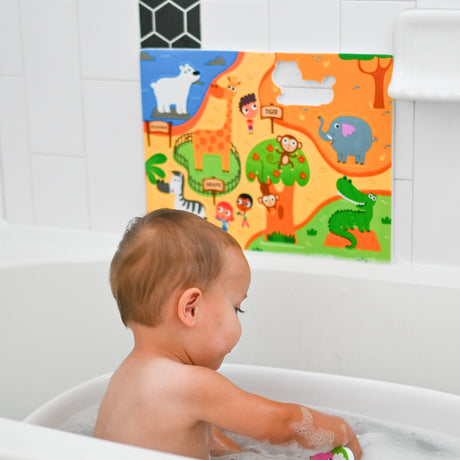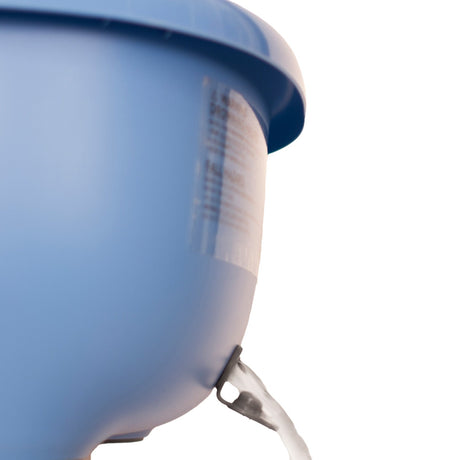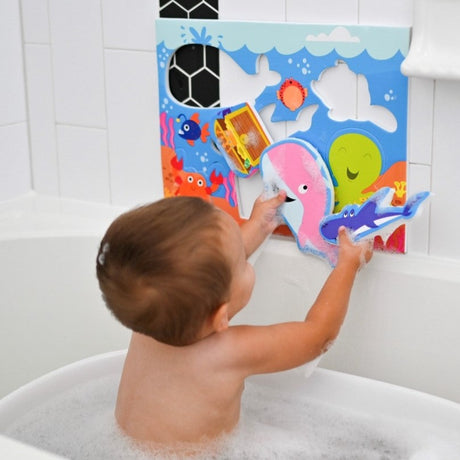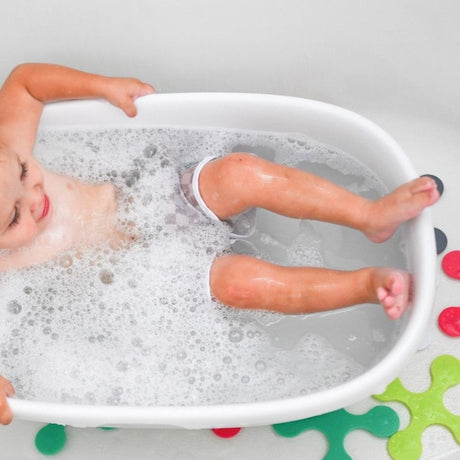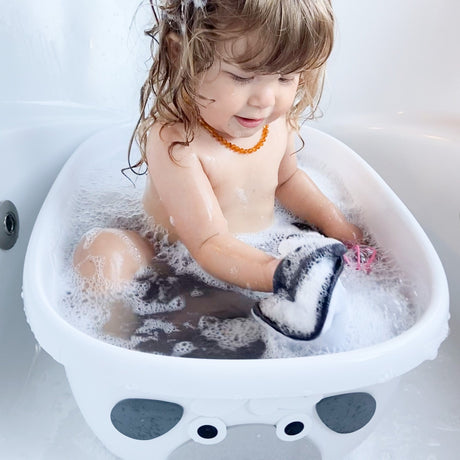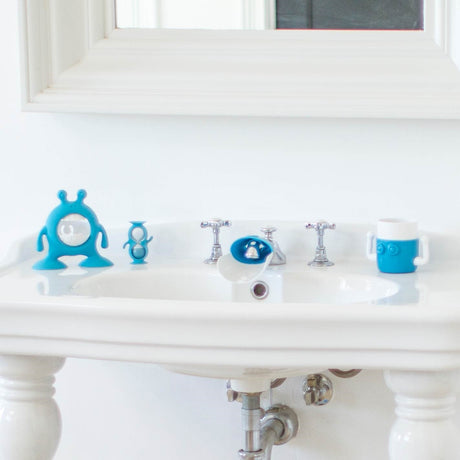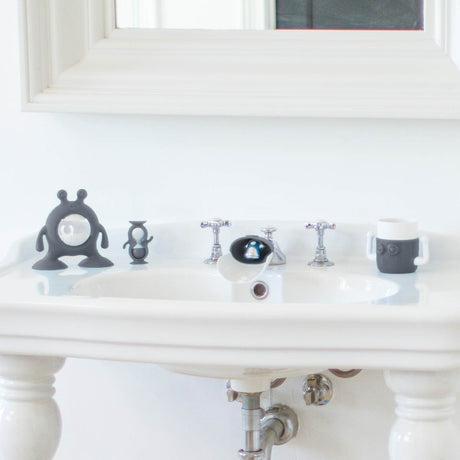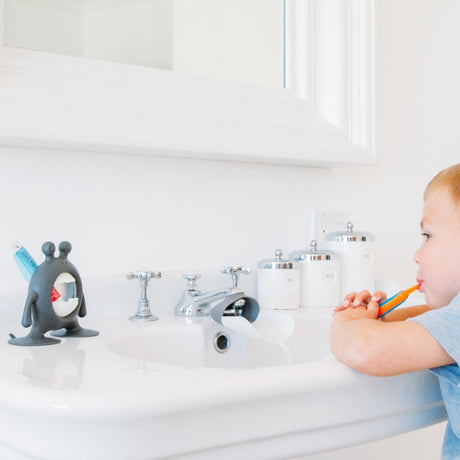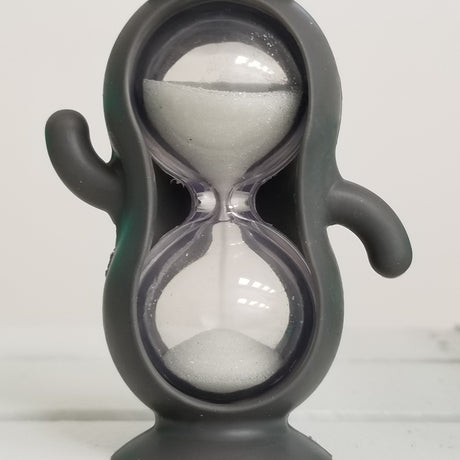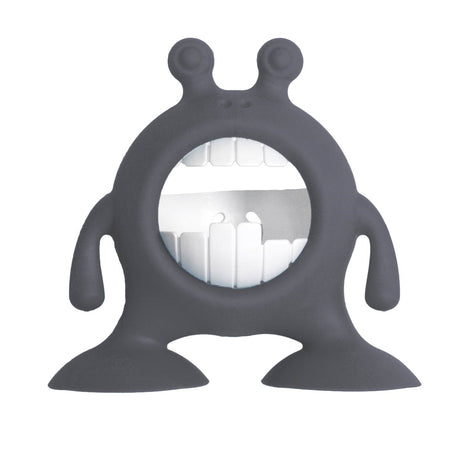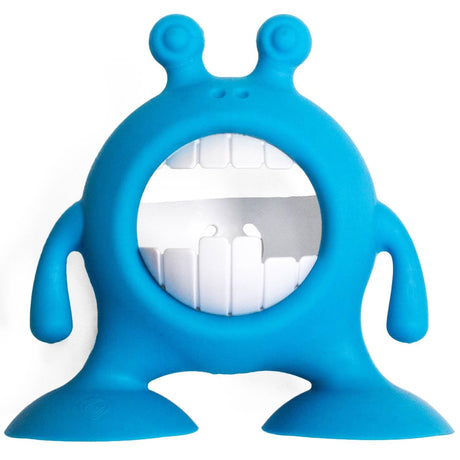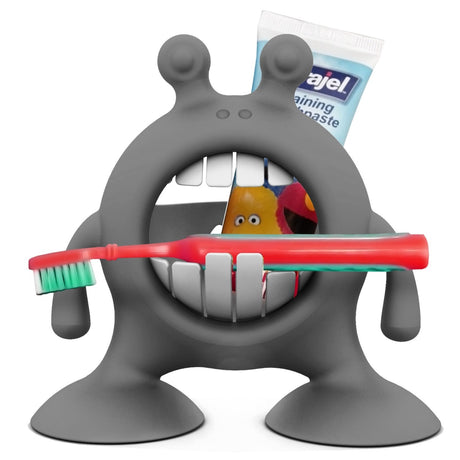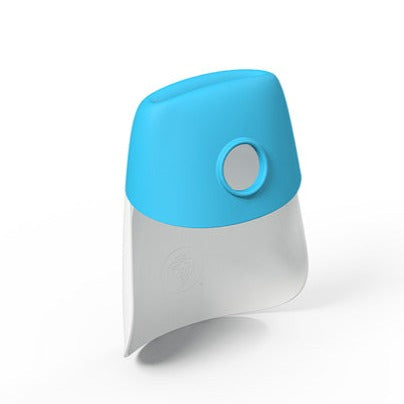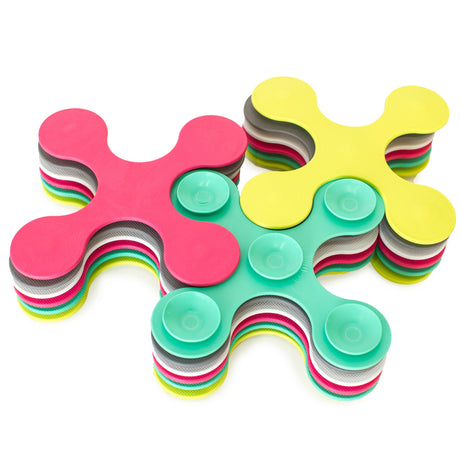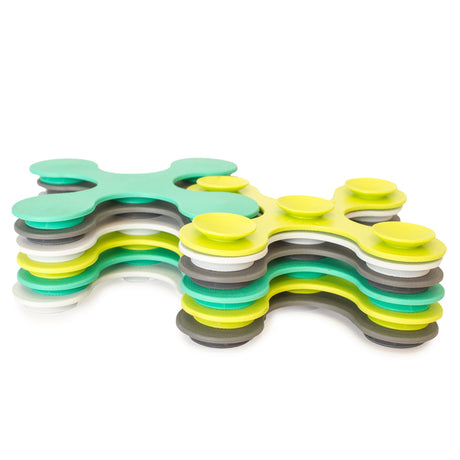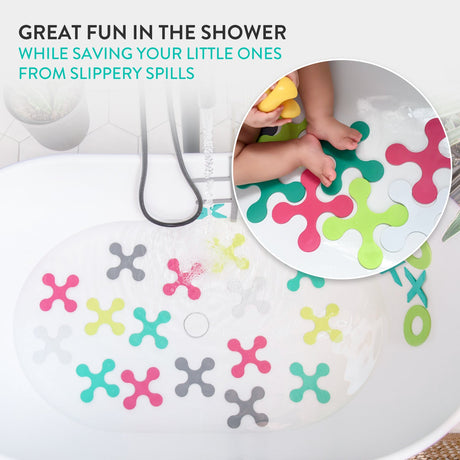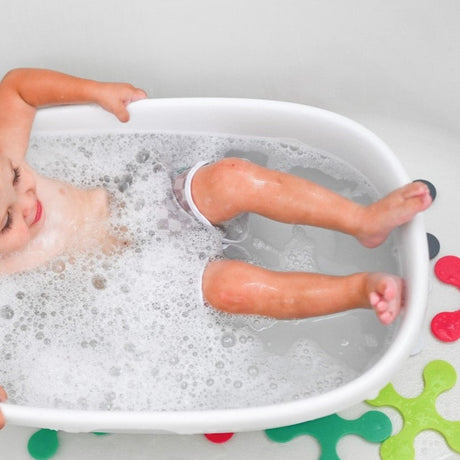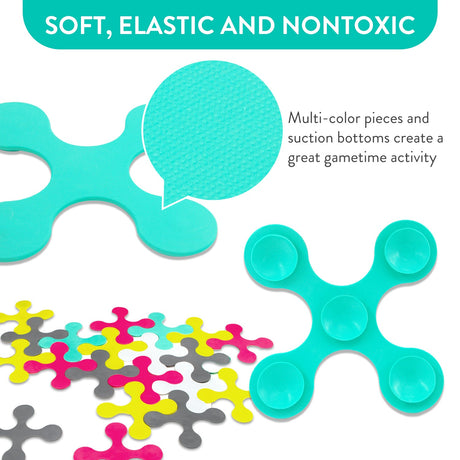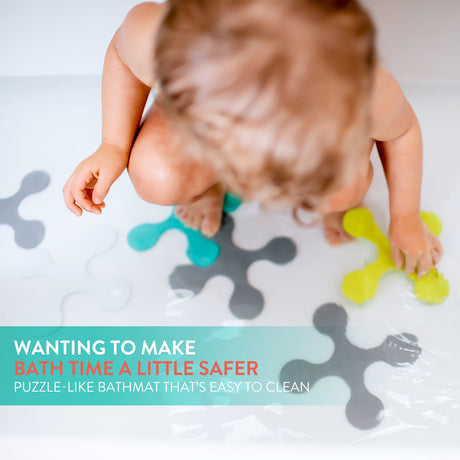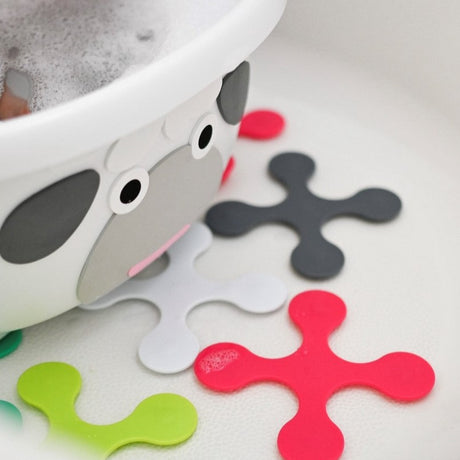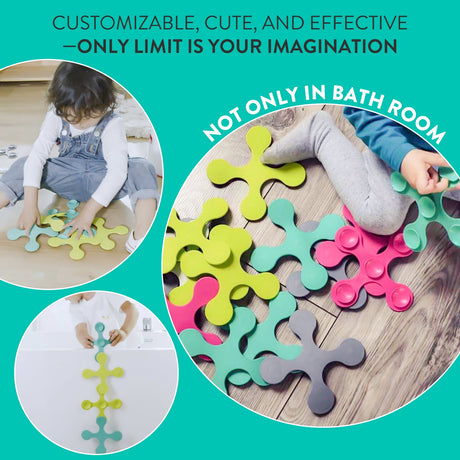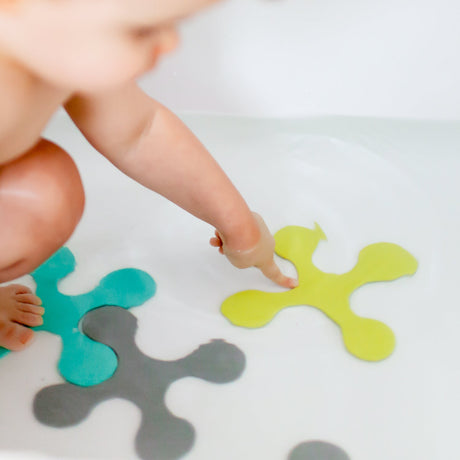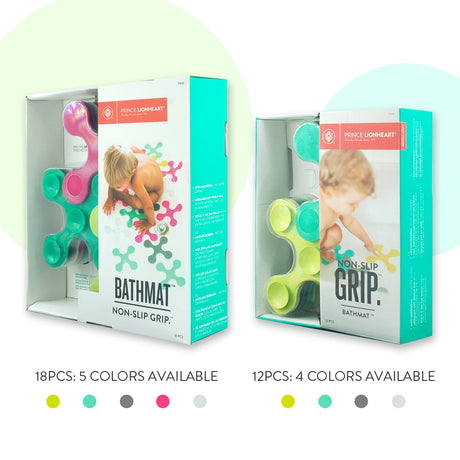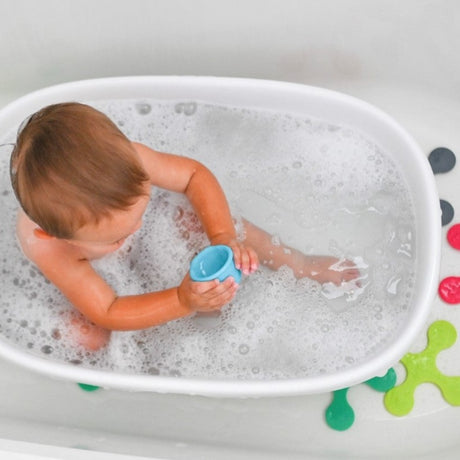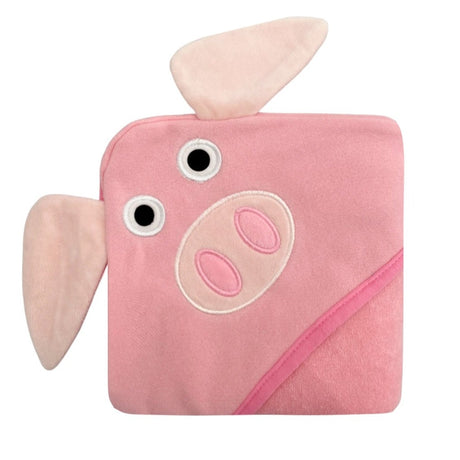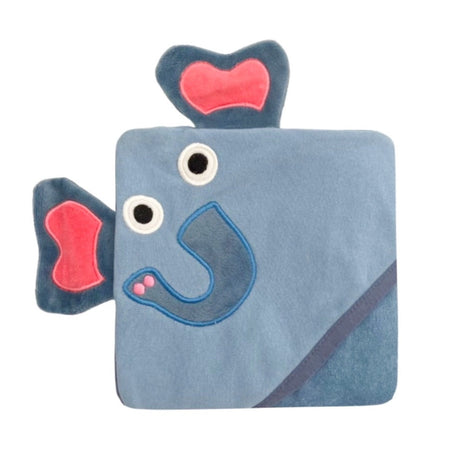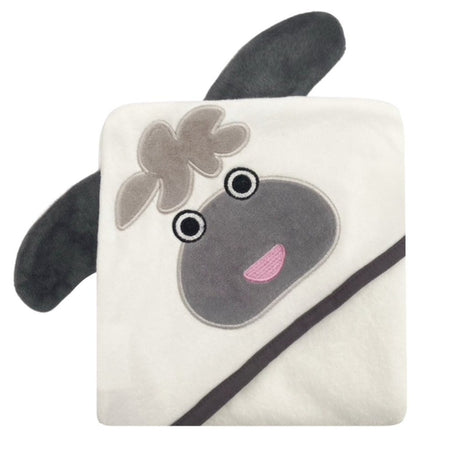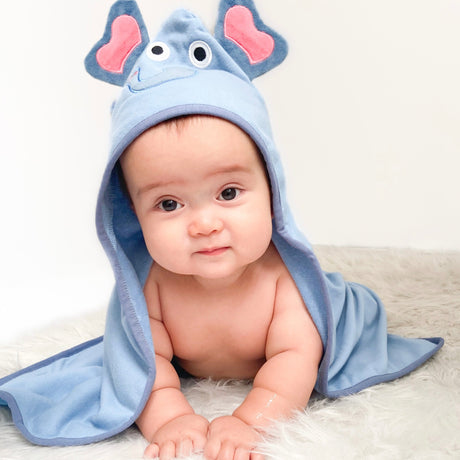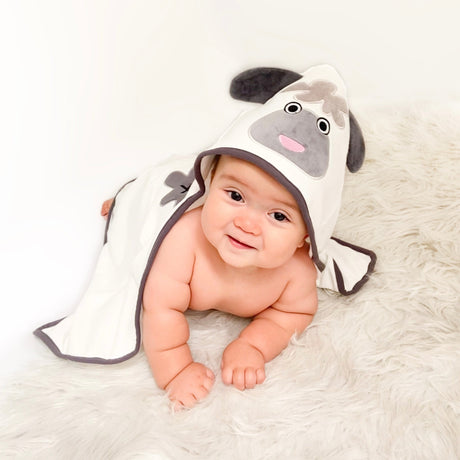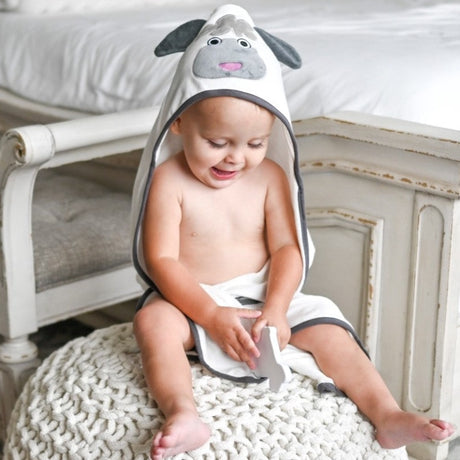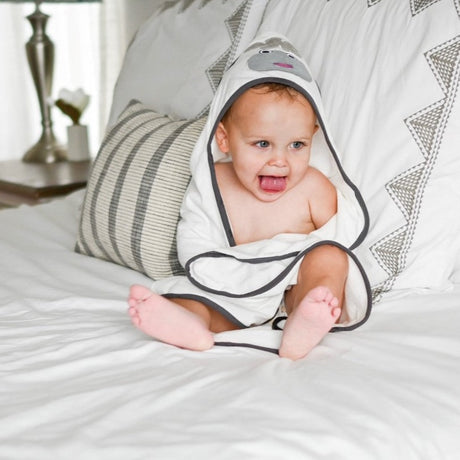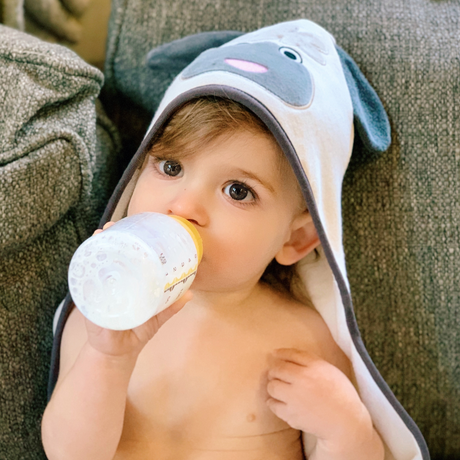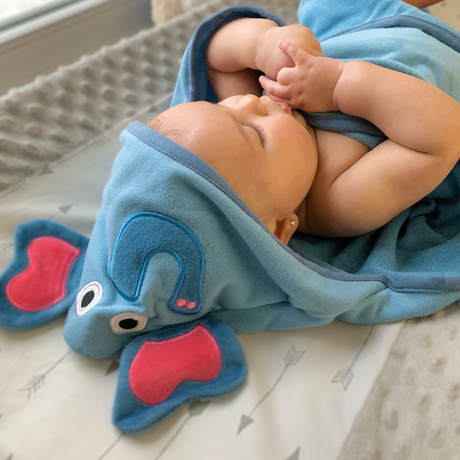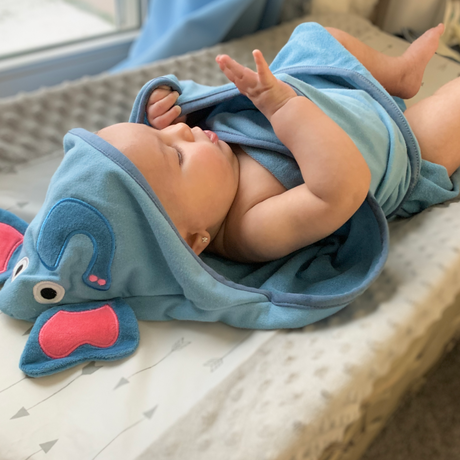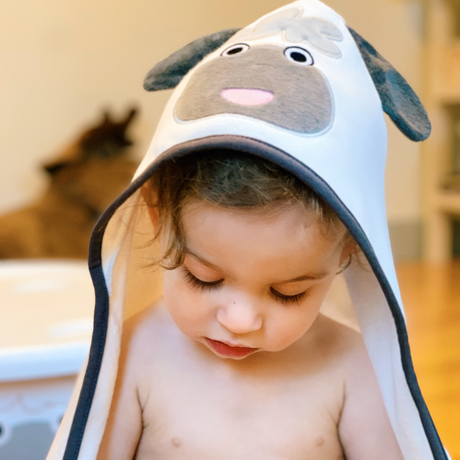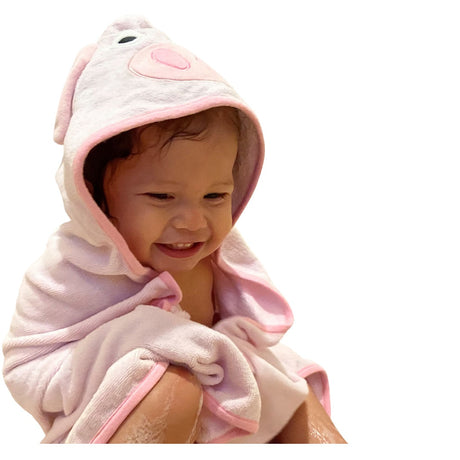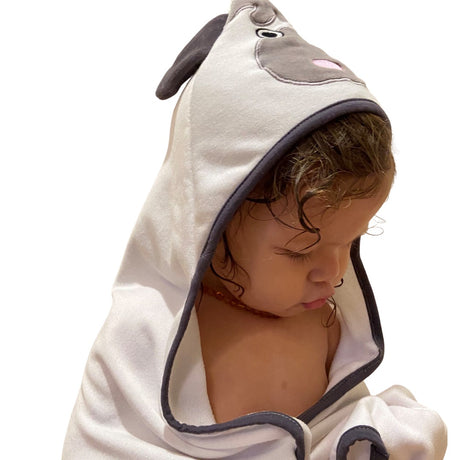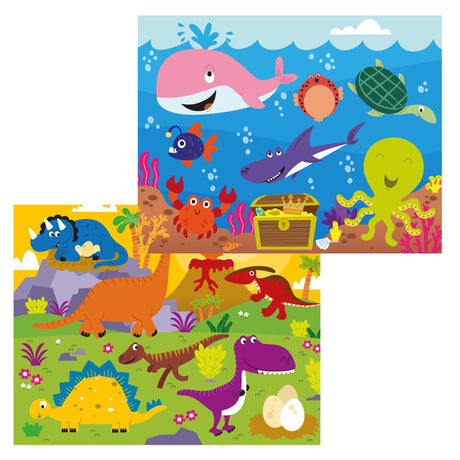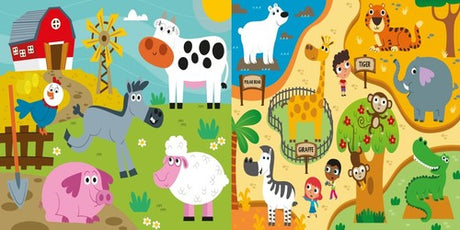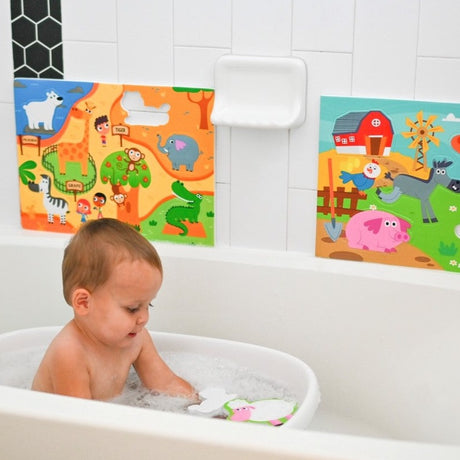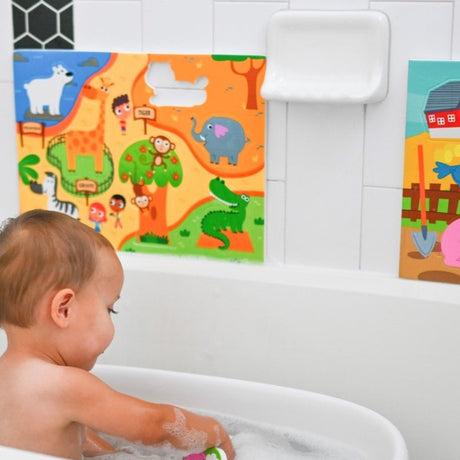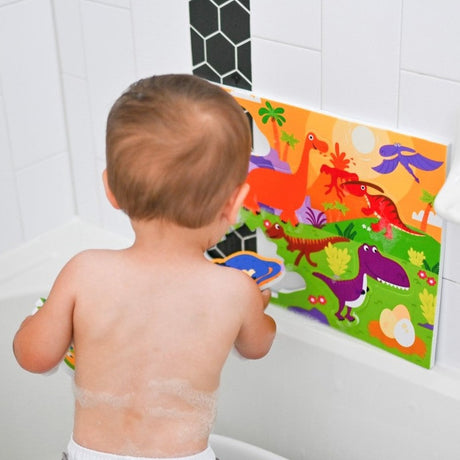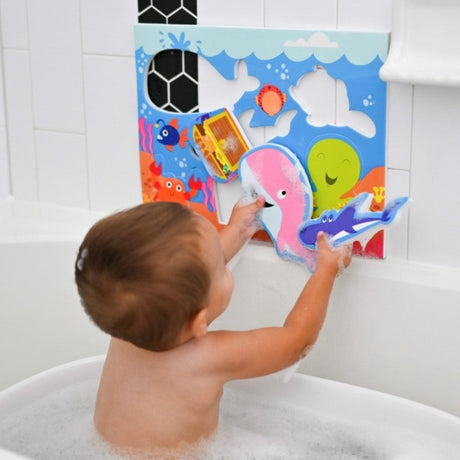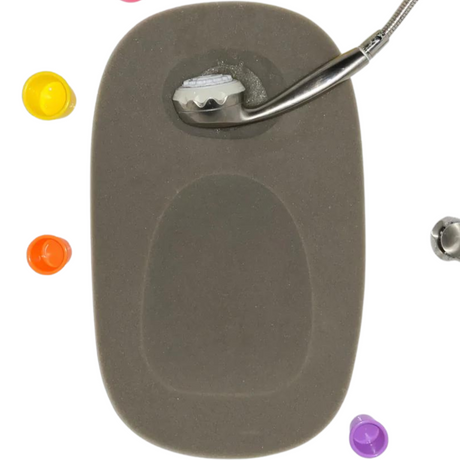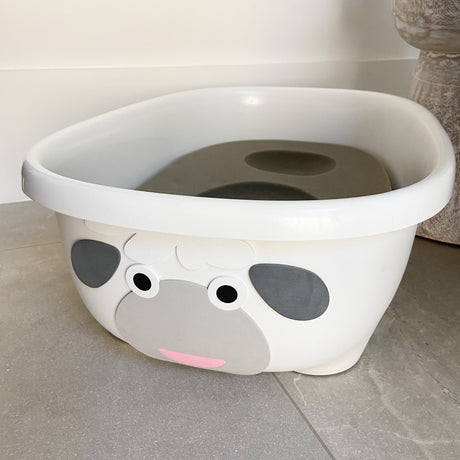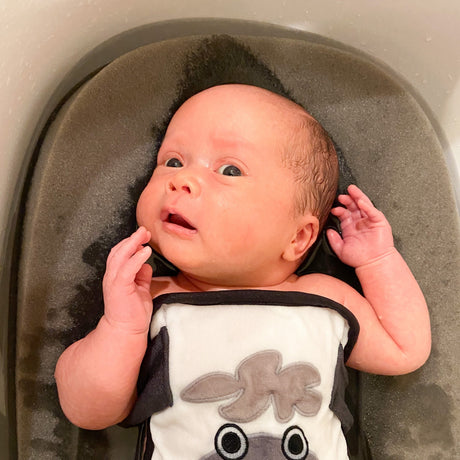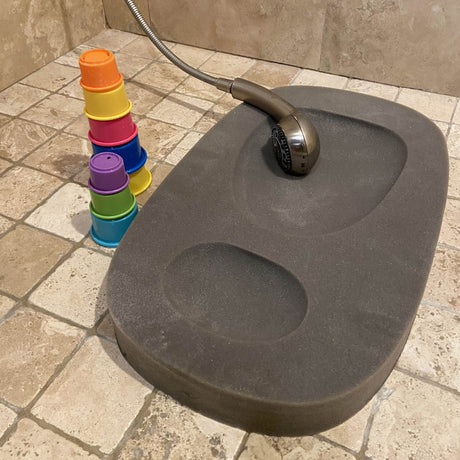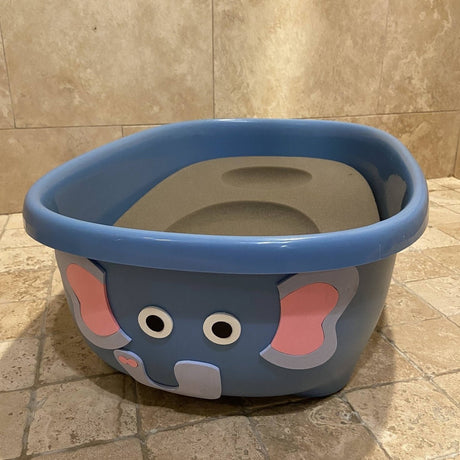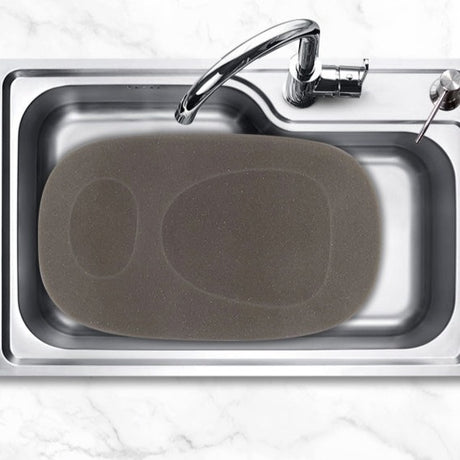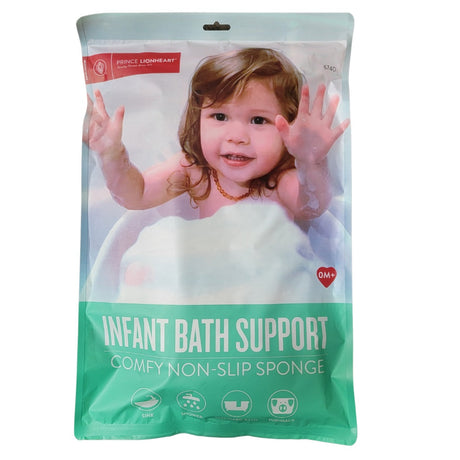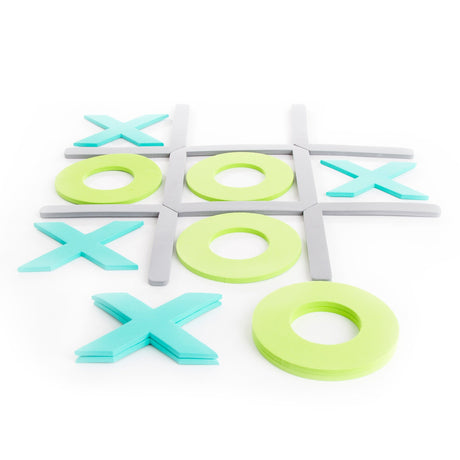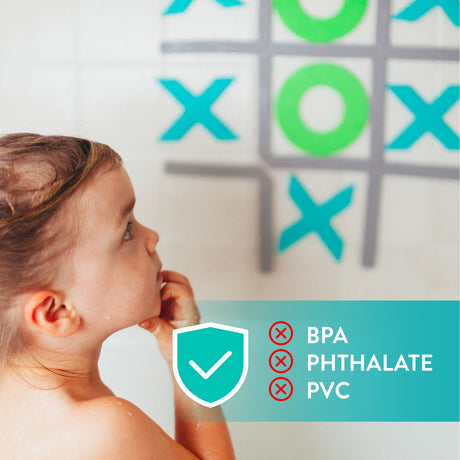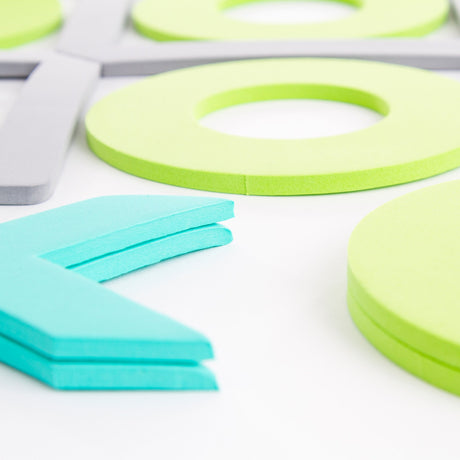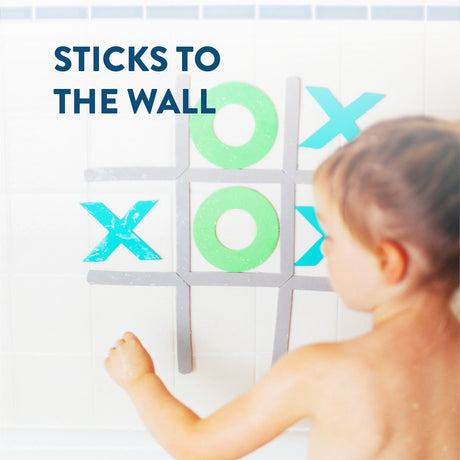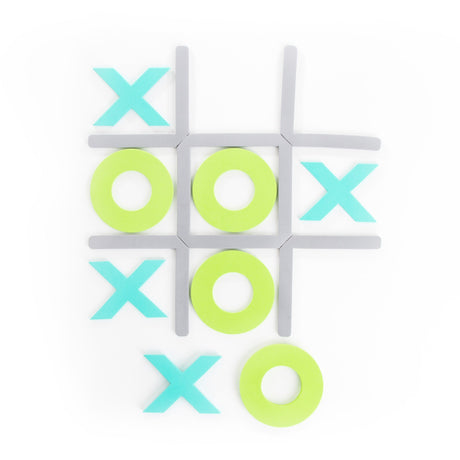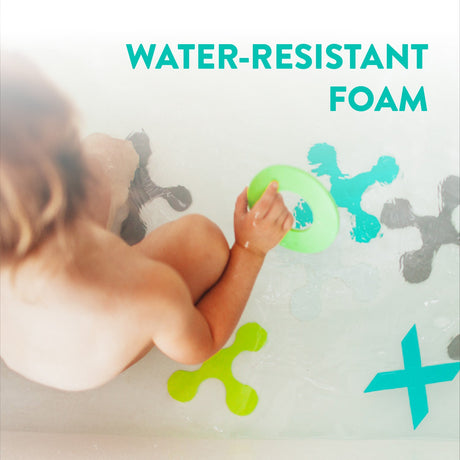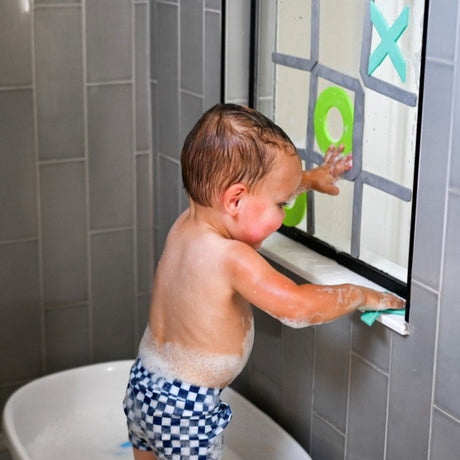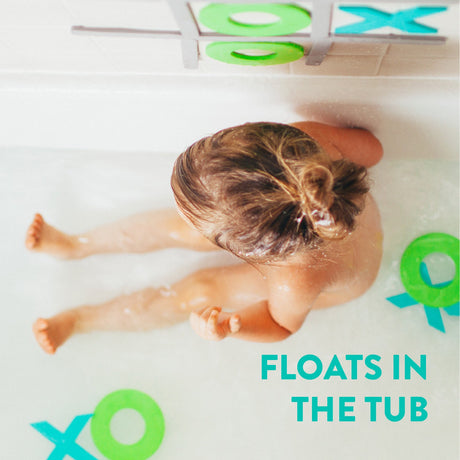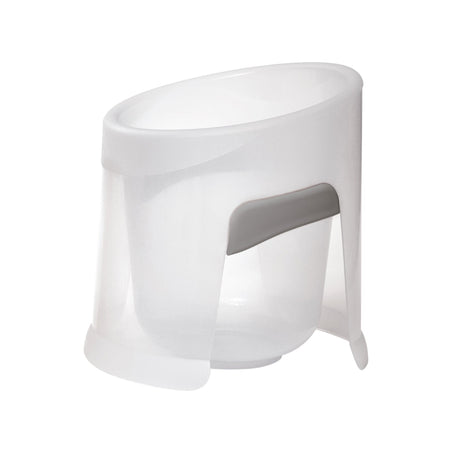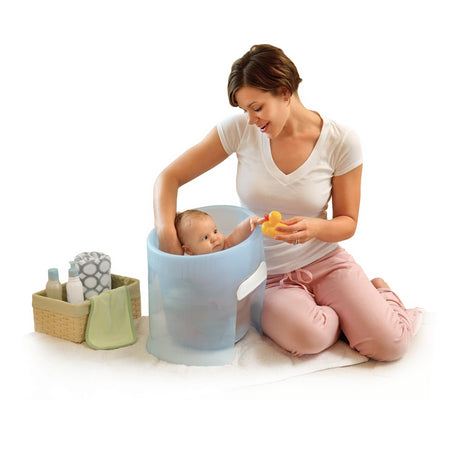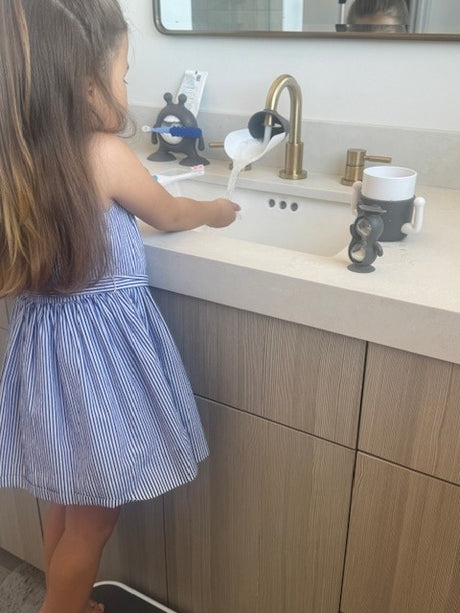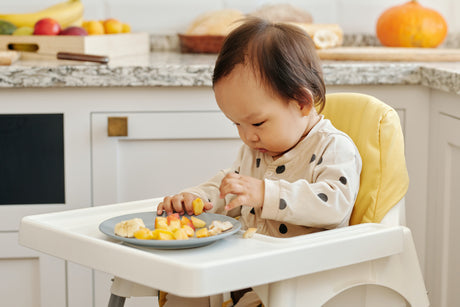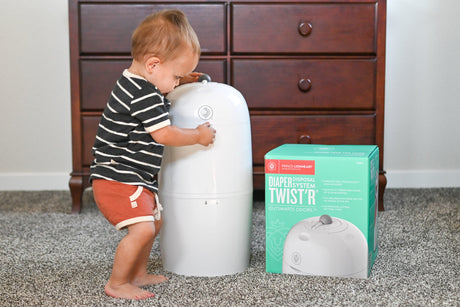Choosing the right baby cup can seem like a daunting task with so many options available. But don’t worry, I’m here to help you make the safest choice for your little one. In this FAQ blog, we’ll explore the key factors you should consider to ensure the cup you pick is safe and suitable for your baby.
Check for Non-Toxic Materials
Ensure that the baby cup is free from harmful chemicals like BPA, phthalates, and lead. Opt for cups made with safe materials like food-grade silicone or BPA-free plastic. Many parents prefer silicone due to its softness and flexibility, making it less harmful if chewed or tossed by energetic toddlers.
It’s important to be aware of the latest research and recommendations regarding safe materials. For instance, some studies have highlighted the potential health concerns surrounding certain plastics. Therefore, choosing materials certified as safe can help mitigate these risks and provide peace of mind.
Evaluate the Design for Safety Features
Look for cups with features like spill-proof lids, soft spouts or straws, and handles that are easy for small hands to grip. Avoid cups with small, removable parts that can pose a choking hazard. Additionally, cups with a weighted base can help prevent tipping, providing further ease of use for your baby.
Design is more than just aesthetics; it plays a crucial role in the functionality of baby cups. For example, many parents find that using cups with a no-slip grip helps babies hold the cup independently, supporting their fine motor skills development. Carefully choosing a design tailored to your baby’s developmental needs can enhance their drinking experience and safety.
Consider Durability and Longevity
Select a cup that can withstand being dropped or thrown. Durable materials and construction mean the cup will last longer, reducing the need for frequent replacements. Investing in a durable cup can save money in the long run and ensures safety remains uncompromised.
Durability is key, especially in the early stages of your child’s learning process. Cups that are shatterproof or have reinforced components can handle the rough and tumble world of a toddler. As your baby learns and grows, a robust cup can grow with them, providing consistent use and reliability.
Ensure Easy Cleaning and Maintenance
A cup that is easy to clean reduces the risk of mold and bacteria. Look for dishwasher-safe options or cups that can be easily disassembled for thorough cleaning. This not only saves time but also ensures that every part of the cup is hygienically clean for each use.
Investing in easy-to-clean baby cups is a practical choice for busy parents. Cups with fewer parts or with straightforward assembly are preferred, as they provide less space for germs to hide. This detail is particularly important for ensuring that your baby remains healthy and safe with each use of their drinking cup.
Review Safety Certifications and Standards
Check if the cup meets safety standards set by relevant health organizations. Certifications can give you peace of mind that the product has been tested for safety. Look for certifications like those from the Consumer Product Safety Commission (CPSC) or equivalent authorities in your region.
Being informed about safety certifications can significantly influence your buying decisions. For instance, knowing that a cup has passed rigorous testing processes can ensure it’s free from harmful substances and designed to prevent accidents, offering invaluable assurance to parents.
Ensuring Baby Cup Safety is Easier Than You Think!
Finding the perfect baby cup is all about balancing safety, practicality, and your baby’s needs. By looking for non-toxic materials, considering the design and durability, ensuring easy cleaning, and reviewing safety certifications, you can confidently select a cup that will keep your baby safe and happy.
